Herbarium of the Pontifical Catholic University of Paraná (HUCP), Curitiba, Southern Brazil
Abstract
:1. Introduction
2. General Description
3. Data Resources
4. Plant Processing Procedures
5. Plant Collecting
6. Geographic Coverage
7. Available Data
| Rank | Scientific Name | Common Name |
| kingdom | Fungi | Fungi |
| kingdom | Stramenopiles | Brown Algae |
| kingdom | Archaeplastida | |
| phylum | Chloroplastida | Green plants |
| class | Chlorophyceae | Green algae |
| class | Charophyceae | Charophytes |
| class | Embriopsida | Land plants |
8. Collection Data
9. Usage Rights
10. Data Resources
| Column Label | Column Description |
| id | Registry number |
| modified | Collecting date |
| institutioncode | Institution code |
| basisOfRecord | Basis Of Record |
| dynamicProperties | Barcode |
| occurrenceID | ID number |
| catalogNumber | Catalogue Number |
| occurrenceRemarks | Observations |
| recordNumber | Collector number |
| recordedBy | Collector |
| eventDate | Collecting date |
| year | Collecting year |
| month | Collecting month |
| day | Collecting day |
| fieldNotes | Characteristics |
| continent | Continent |
| country | Country |
| stateProvince | State or Province |
| county | County |
| locality | Locality |
| minimumElevationInMeters | Altitude |
| maximumElevationInMeters | Altitude |
| decimalLatitude | Latitude |
| decimalLongitude | Longitude |
| coordinateUncertaintyInMeters | Coordinate Uncertainty In Meters |
| identifiedBy | Identified By |
| dateIdentified | Identifying date |
| identification Qualifier | Identification Qualifier |
| typeStatus | Type Status |
| scientificName | Scientific Name |
| kingdom | Kingdom |
| phylum | Phylum |
| order | Order |
| family | Family |
| genus | Genus |
| specificEpithet | Specific Epithet |
| infraspecificEpithet | Infraspecific Epithet |
| scientificNameAuthorship | Author of plant name |
| vernacularName | vernacular Name |
11. Additional Information
12. Taxonomic Ranks
- Fungi (42/14)
- ○
- Opistokonta
- Algae (204/80)
- ○
- Stramenopiles
- ○
- Archaeplastida
- Land Plants
- ○
- Archaeplastida
- ○
- Bryophytes (98/64)
- ○
- Pteridophytes (507/105)
- ○
- Gymnosperms (50/20)
- ○
- Angiosperms (4033/1320)
13. Conclusions
Acknowledgments
Author Contributions
Conflicts of Interest
References
- Hoerner, V., Jr. História dos 50 anos da Pontifícia Universidade Católica do Paraná: 1959–2009; Editora Champagnat: Curitiba, Brazil, 2009. [Google Scholar]
- Kersten, R.A.; Acra, L.A. Ralph joão george hertel. Estud. Biol. Ambient. Divers. 2012, 34, 269–279. [Google Scholar] [CrossRef]
- New York Botanical Garden. Index herbariorum. Available online: http://sweetgum.nybg.org/science/ih/herbarium_list.php?col_NamOrganisationAcronym=hucp (accessed on 1 February 2017).
- GRBio. The global registry of biodiversity repositories. Available online: http://grbio.org/institutional-collection/herbario-da-universidade-catolica-do-parana (accessed on 1 February 2017).
- TAXonLine. Rede paranaense de coleções biológicas. Available online: http://taxonline.bio.br/index.php (accessed on 1 February 2017).
- Rotta, E.; Beltrami, L.C.d.C.e.; Zonta, M. Manual de Prática de Coleta e Herborização de Material Botânico; Embrapa Florestas: Colombo, Brazil, 2008. [Google Scholar]
- Queensland Herbarium. Collection and Preserving Plant Specimens, A Manual, 2nd ed.; Department of Science, Information Technology and Innovation: Brisbane, Australia, 2016; p. 22. [Google Scholar]
- The Reference Center on Environmental Information. Datacleaning. Available online: http://splink.cria.org.br/dc/index?&system=&colecao=HUCP (accessed on 1 February 2017).
- The Reference Center on Environmental Information. Centro de referência em informação ambiental. Available online: http://www.cria.org.br/ (accessed on 1 February 2017).
- Flora do Brasil 2020. Flora do Brasil 2020 em Construção. Available online: http://floradobrasil.jbrj.gov.br/ (accessed on 1 February 2017).
- University of Oxford. Brahms database. Available online: http://herbaria.plants.ox.ac.uk/ (accessed on 1 February 2017).
- INCT. Inct virtual herbarium - hucp. Available online: http://www.splink.org.br/search?collectioncode=HUCP (accessed on 1 February 2017).
- Jardim Botânico do Rio de Janeiro. Jabot - hucp. Available online: http://hucp.jbrj.gov.br (accessed on 1 February 2017).
- Biodiversity Information Standards. Darwin core. Available online: http://rs.tdwg.org/dwc/ (accessed on 1 February 2017).
- Global Biodiversity Information Facility (GBIF). Available online: http://www.gbif.org/ (accessed on 1 February 2017).
- Martius, C.F.P.; Niemeyer, E.; Stellfeld, C. A fisionomia do reino vegetal no brasil. Arquivos do Museu Paranaense 1943, 3, 239–271. [Google Scholar]
- Stellfeld, C. Fitogeografia geral do estado do paraná. Arquivo do Museu Paranaense 1949, 7, 309–350. [Google Scholar]
- Maack, R. Geografia Física do Estado do Paraná; Banco do Desenvolvimento do Paraná: Curitiba, Brazil, 1968; p. 350. [Google Scholar]
- Adl, S.M.; Simpson, A.G.B.; Lane, C.E.; Lukeš, J.; Bass, D.; Bowser, S.S.; Brown, M.W.; Burki, F.; Dunthorn, M.; Hampl, V.; et al. The revised classification of eukaryotes. J. Eukaryot. Microbiol. 2012, 59, 429–514. [Google Scholar] [CrossRef] [PubMed]
- The Angiosperm Phylogeny Group. An update of the angiosperm phylogeny group classification for the orders and families of flowering plants: APG IV. Bot. J. Linn. Soc. 2016, 181, 1–20. [Google Scholar]
- The Pteridophyte Phylogeny Group. A community-derived classification for extant lycophytes and ferns. J. Syst. Evol. 2016, 54, 563–603. [Google Scholar]
- Reflora. Plantas do Brasil: Resgate Histórico e Herbário Virtual Para o Conhecimento e Conservação da Flora Brasileira. Available online: http://floradobrasil.jbrj.gov.br/reflora/herbarioVirtual/ (accessed on 1 February 2017).
- Institute of Nuclear Chemistry and Technology (INCT). Herbário Virtual da Flora e dos Fungos. Available online: http://inct.florabrasil.net/ (accessed on 1 February 2017).
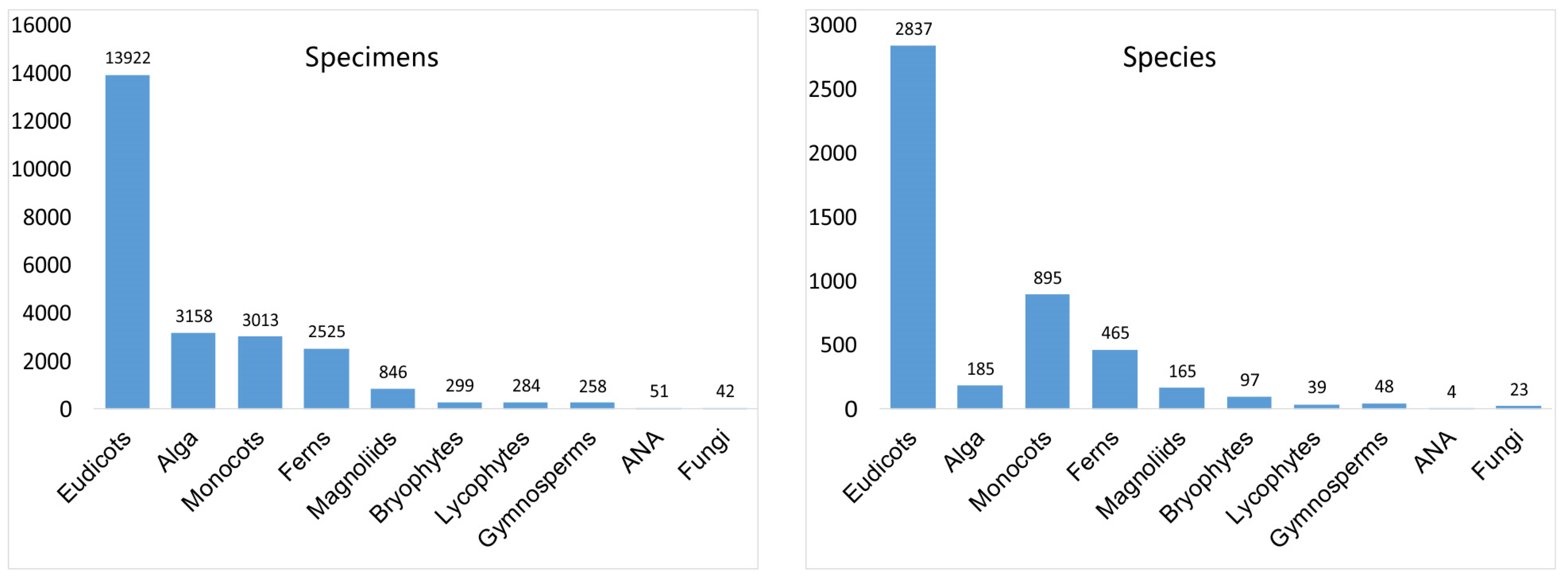
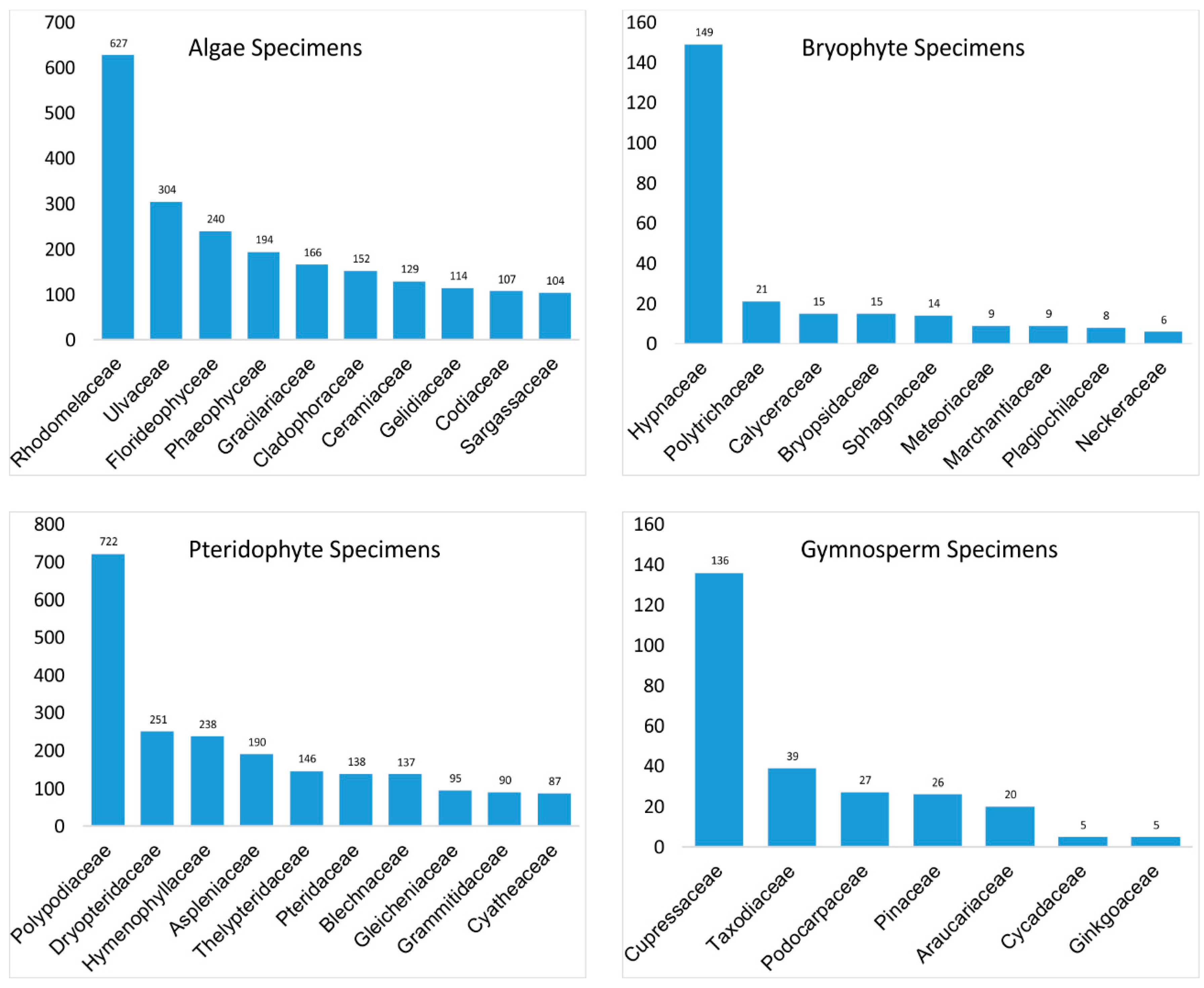
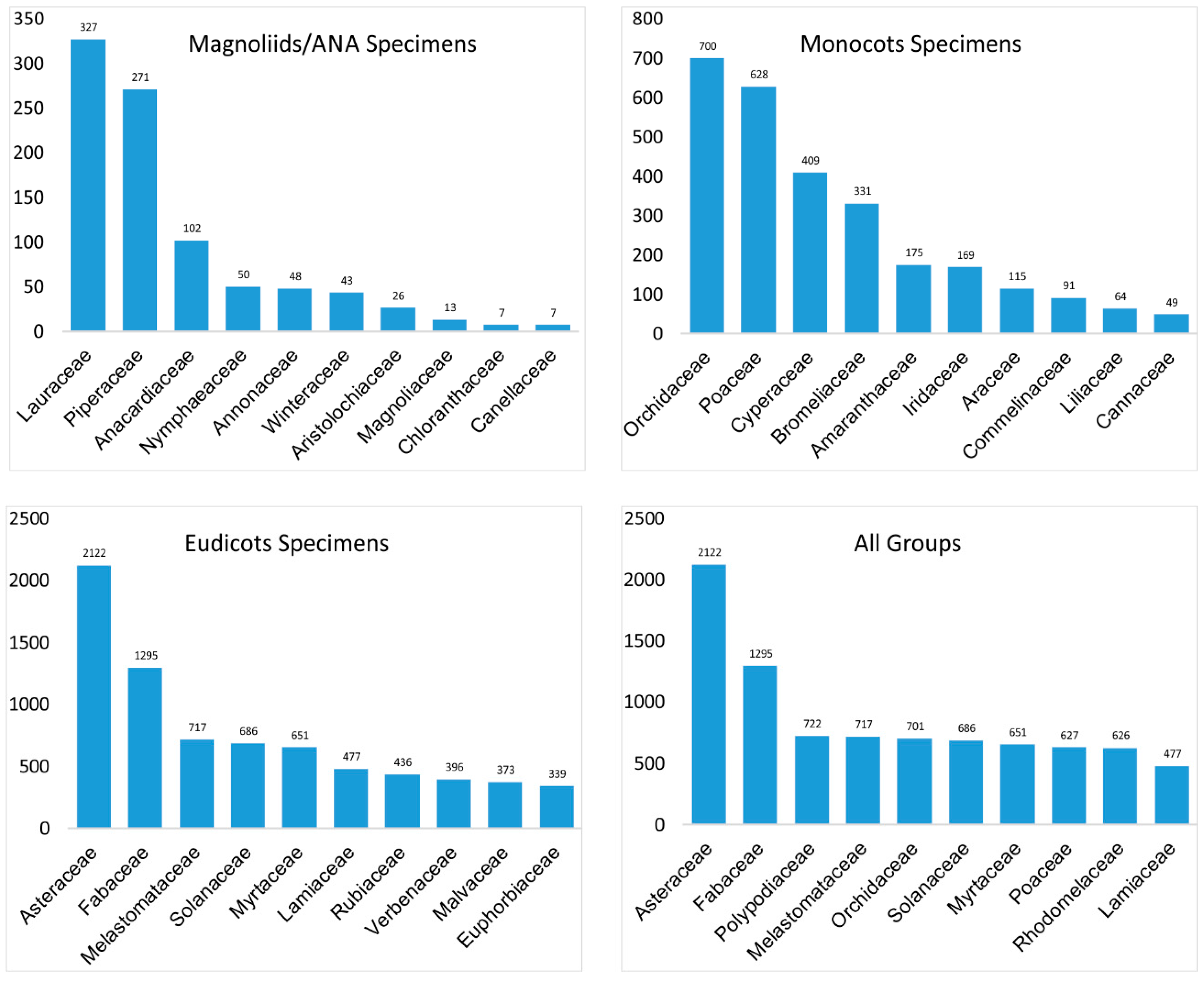
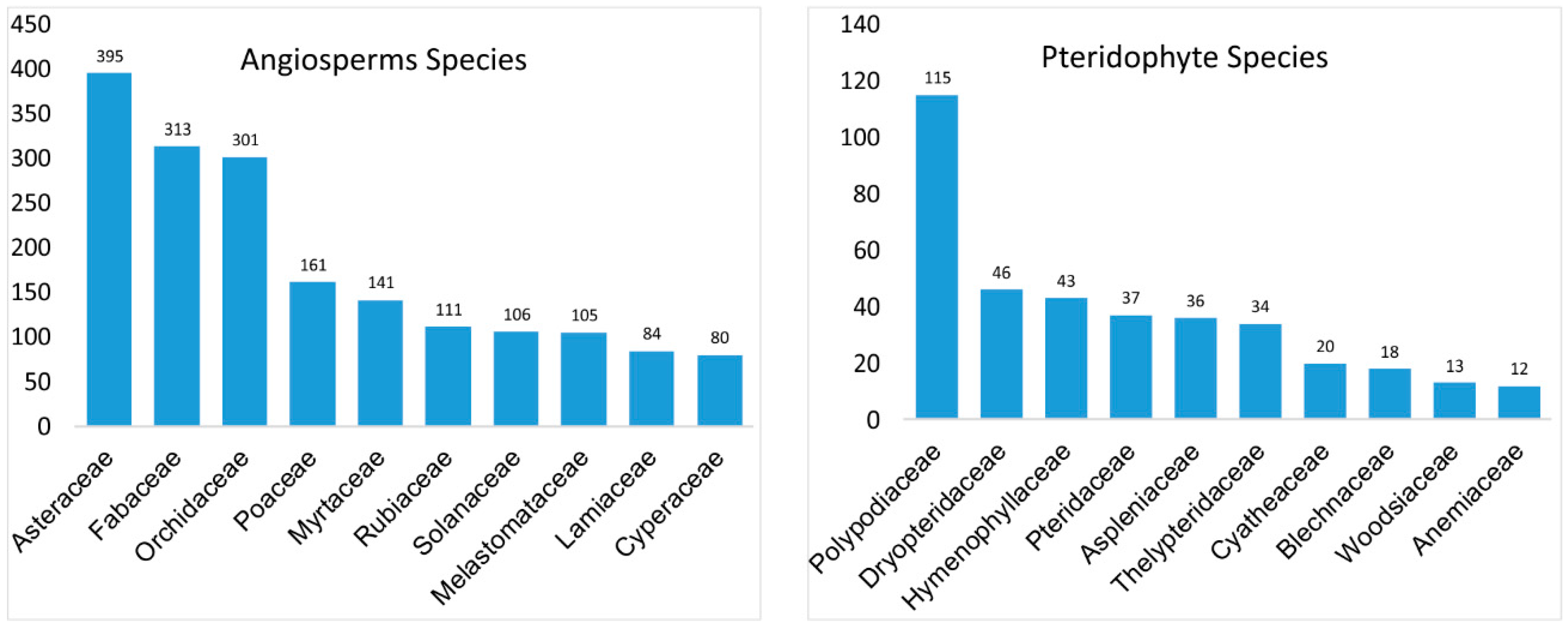

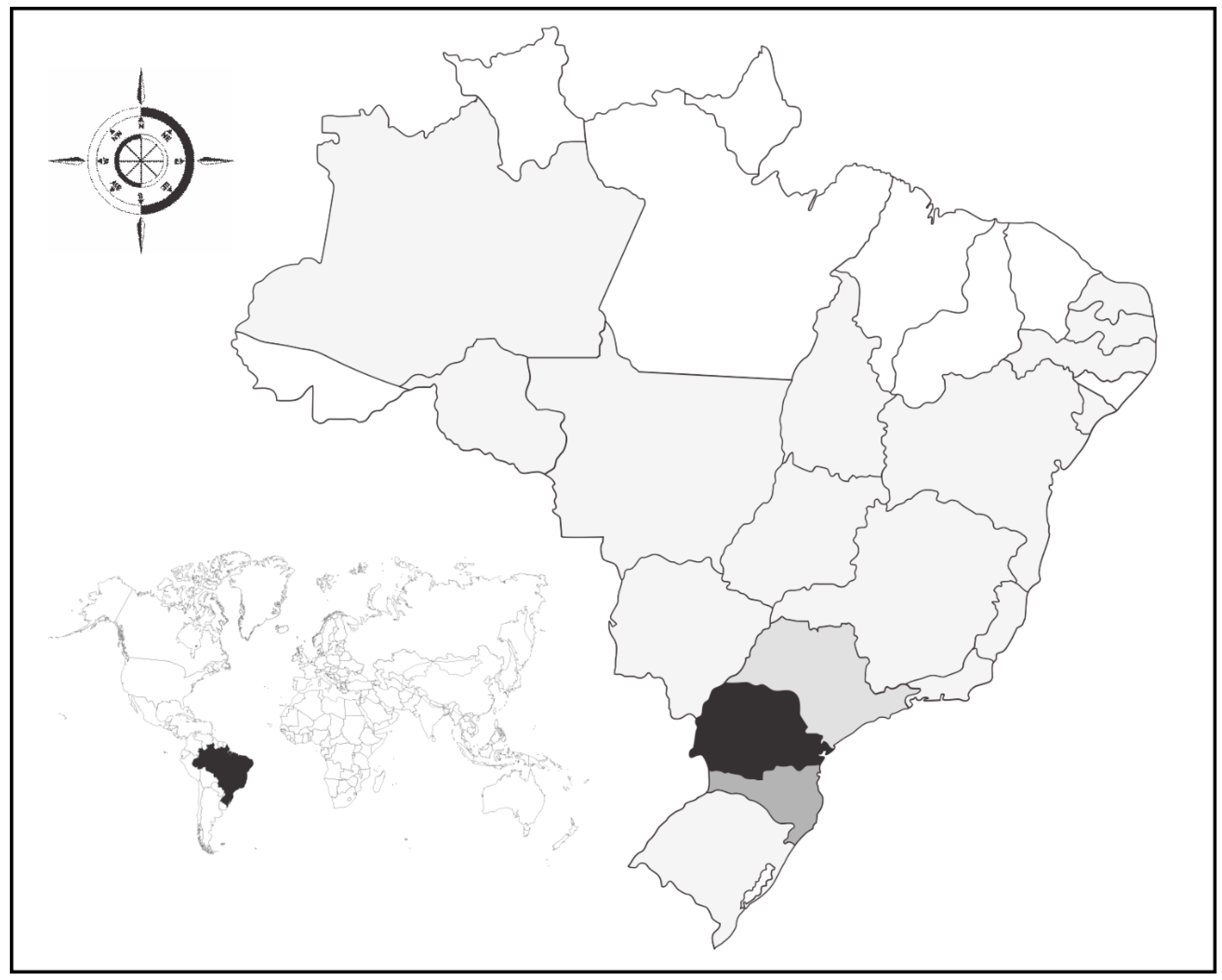
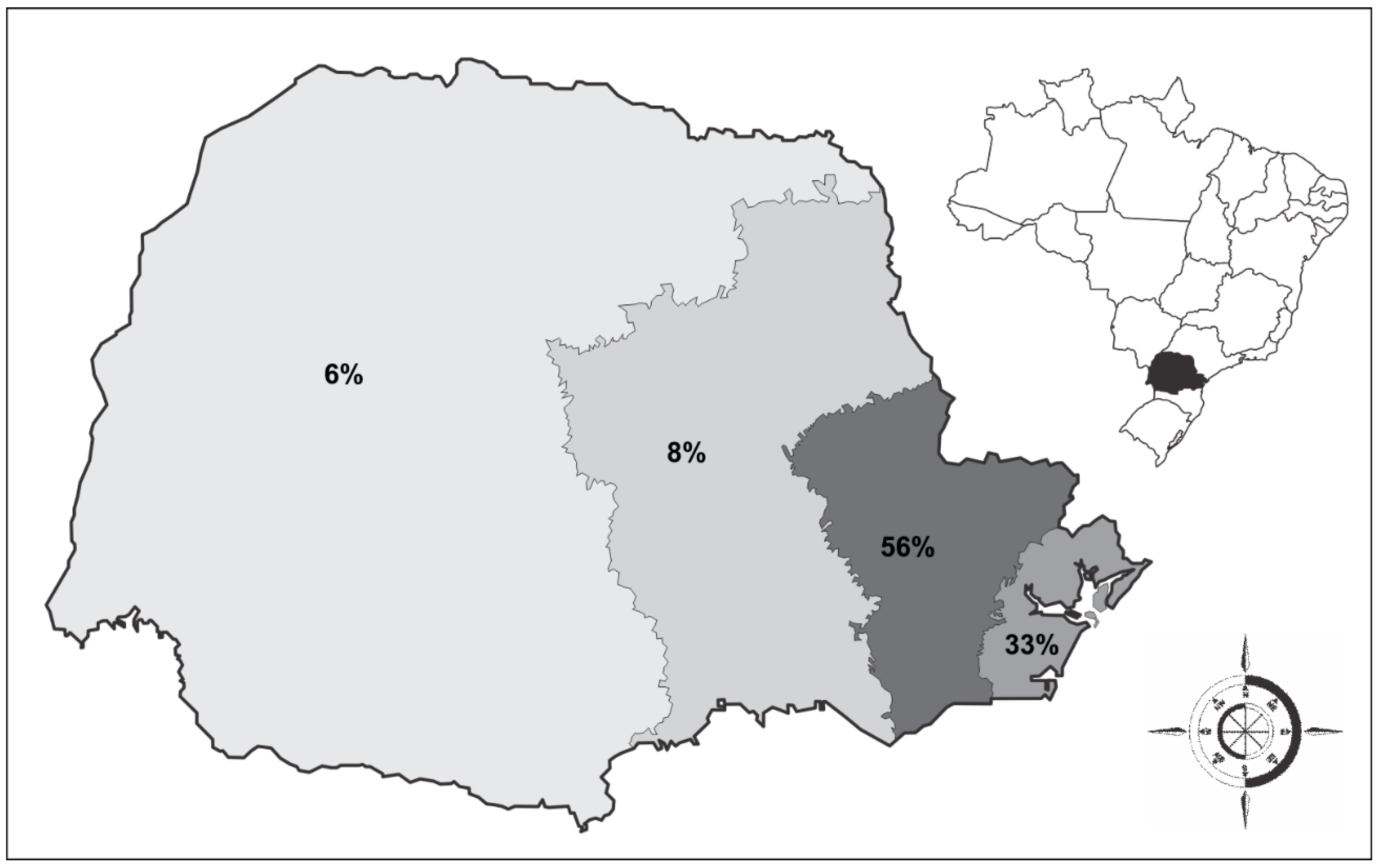
© 2017 by the authors; licensee MDPI, Basel, Switzerland. This article is an open access article distributed under the terms and conditions of the Creative Commons Attribution (CC BY) license (http://creativecommons.org/licenses/by/4.0/).
Share and Cite
Kersten, R.A.; Salesbram, J.A.M.; Acra, L.A. Herbarium of the Pontifical Catholic University of Paraná (HUCP), Curitiba, Southern Brazil. Data 2017, 2, 10. https://doi.org/10.3390/data2010010
Kersten RA, Salesbram JAM, Acra LA. Herbarium of the Pontifical Catholic University of Paraná (HUCP), Curitiba, Southern Brazil. Data. 2017; 2(1):10. https://doi.org/10.3390/data2010010
Chicago/Turabian StyleKersten, Rodrigo A., João A. M. Salesbram, and Luiz A. Acra. 2017. "Herbarium of the Pontifical Catholic University of Paraná (HUCP), Curitiba, Southern Brazil" Data 2, no. 1: 10. https://doi.org/10.3390/data2010010




